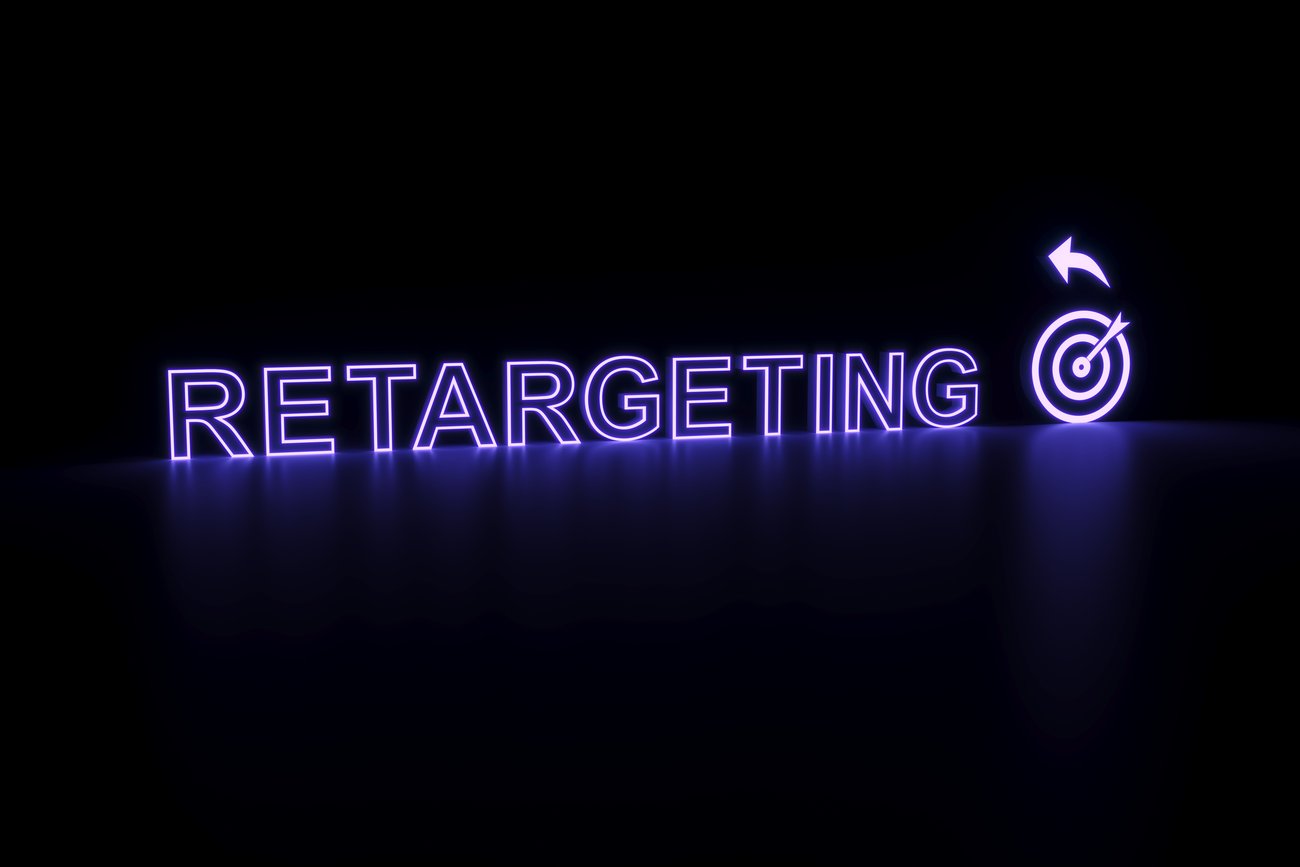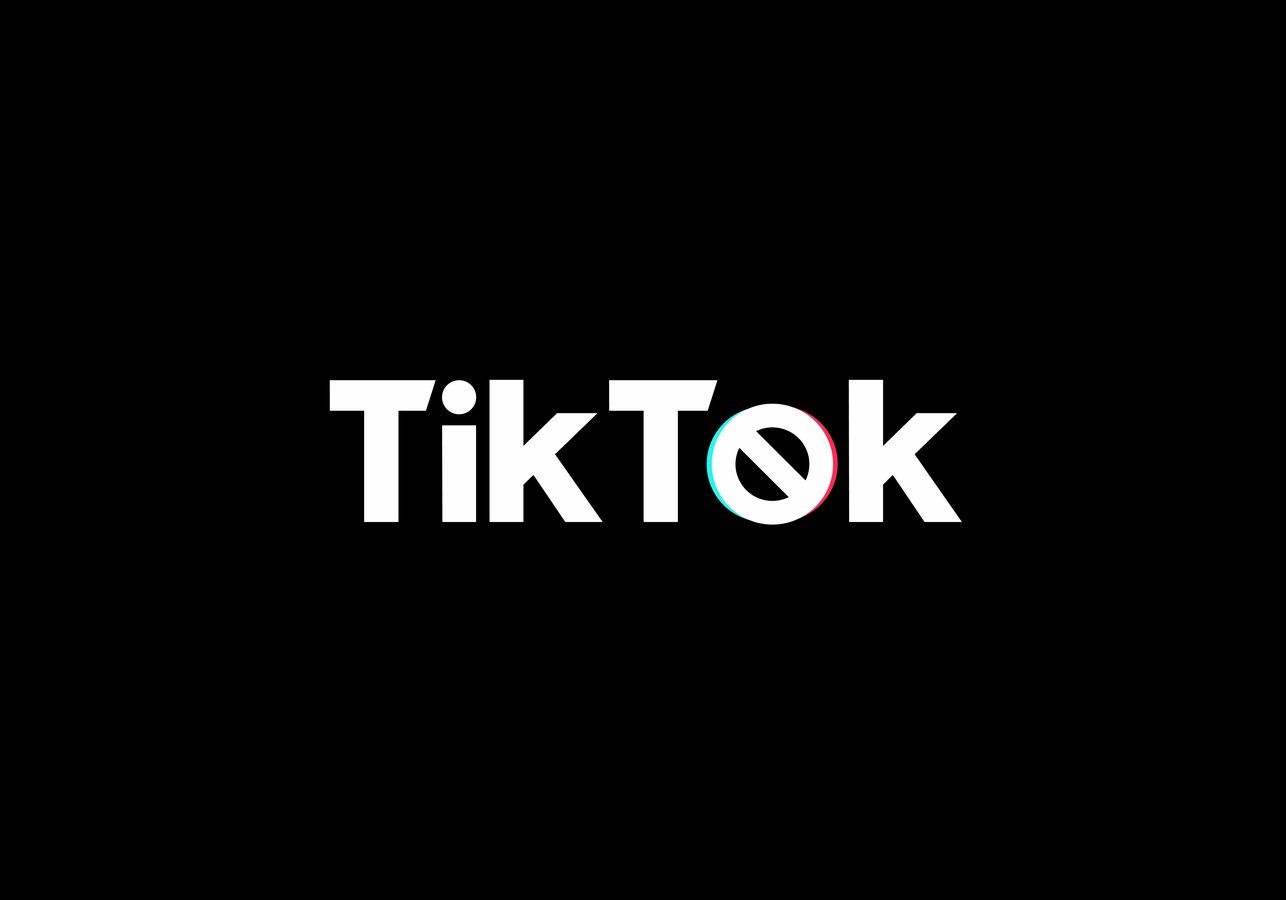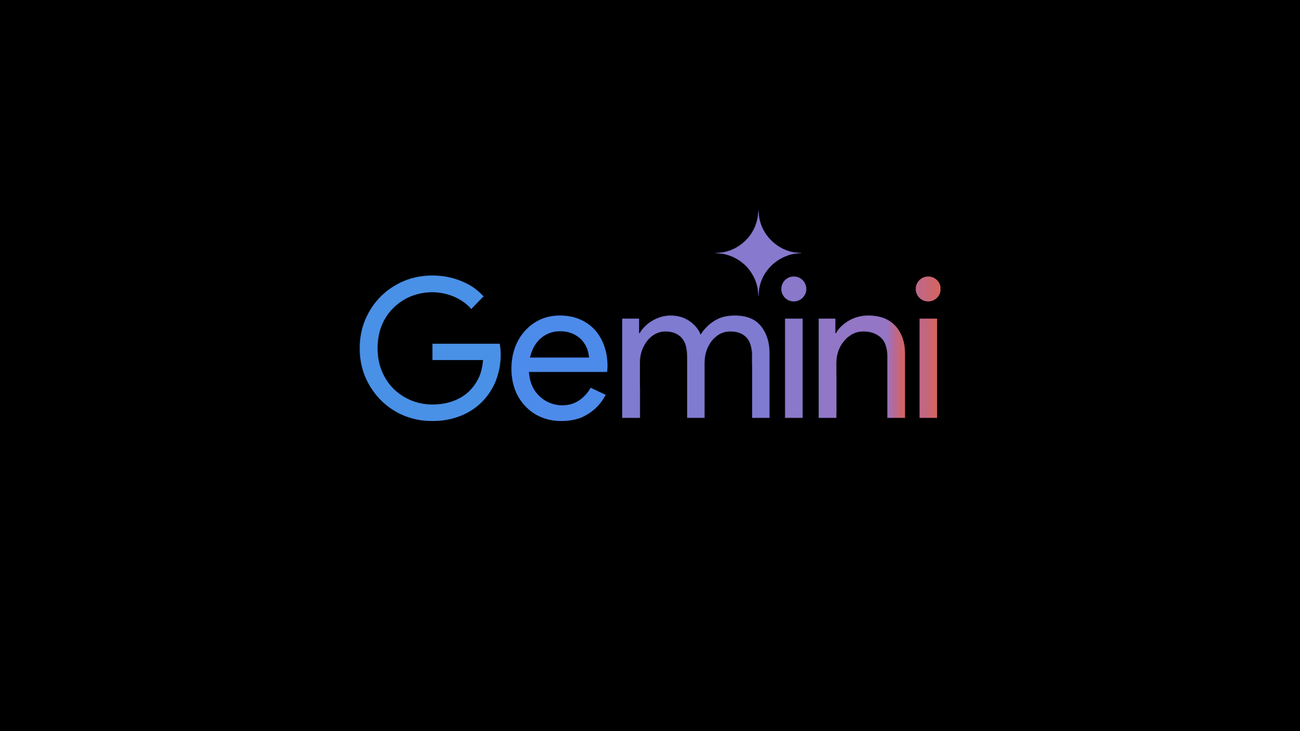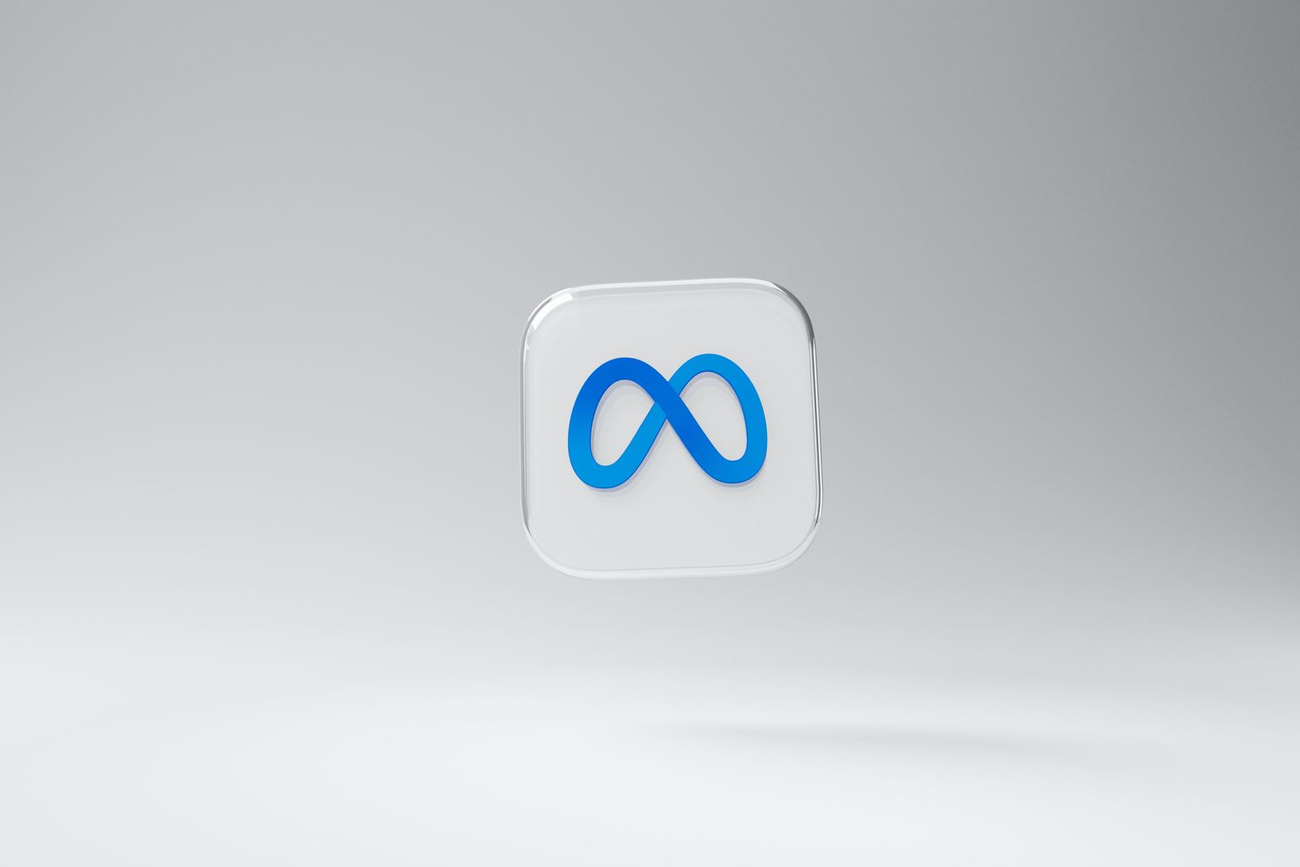Creating an Effective Retargeting Strategy (to Achieve Greater ROI)
Keep your brand top of mind and in front of your audience with an effective retargeting strategy.

Chances are, you’ve spent substantial time, effort, (and money) hoping visitors on your website will shop, fill their carts, and subsequently hit the ‘buy now” button. That’s the perfect shopping scenario. Yet studies show that the typical bounce rate is 49% and an astonishing 96% of people who visit your website are not ready to buy your product or service. On average, it takes a customer 6-8 digital touches with a brand before they convert.
This is where ‘retargeting’ comes in.
Retargeting is an effective way to reacquaint your brand to an engaged audience and subsequently achieve greater ROI.
What is Retargeting?
Retargeting is the process that keeps your brand in the mind of potential customers after they leave your website – persuading them to reconsider your product, service, or offer. Retargeting allows you to show online display ads on other platforms such as Facebook, Amazon, Google, and other websites on the internet. Retargeting is highly effective because it focuses your advertising on people who are already familiar with your brand. That’s why most brands who use this strategy see a higher ROI than from most other digital channels. There are three categories of retargeting ads:
- Content ads (awareness)
- Lead Generation (interaction/interest)
- Direct Sales (action)
Setting Retargeting Ad Goals
It’s important to determine overall business goals before you set remarketing ad efforts into motion.
Generate Awareness
Retargeting ads help consumers become more familiar with and trust your brand – ultimately producing higher conversions. When it comes time to make a purchase, people will remember your brand and choose your company over the competition. Awareness campaigns are also effective when you want to re-engage website visitors and tell them about relevant products, features, or announcements.
Drive Conversions
Here’s an eye-opening stat: brands are known to see an increase of 161% in conversions with retargeting ads. Impressive, right? Conversion campaigns are very effective moving people down the sales funnel. By setting conversion goals, you want prospects to click an offer or fill out a form, sign up for a free trial, and ultimately make a purchase. In other words, you want your customers to act. And if prospects are engaged with your brand and nicely rewarded…they will act.
Increase Customer Lifetime Value
Customer lifetime value is the amount of money you can expect throughout the consumer-brand relationship. Retargeting effectively reminds people of your brand and continually encourages them to choose your business. The more purchases customers make, the higher the customer lifetime value.
Reduce Cart Abandonment
As previously mentioned, cart abandonment is a major eCommerce concern. By definition, cart abandonment is when a customer adds items to their digital shopping cart but leaves the site before making a purchase. Retargeting can help brands win back these customers that have abandoned their carts. Online display ads serve as a reminder to consumers that an item of interest is still available (probably discounted) and ready for purchase.
Complete the Buyer’s Journey
The buyer’s journey describes a consumer’s path to purchase. By understanding the buyer journey, brands can better empathize with customers and formulate strategies accordingly. Retargeting can be used to inspire qualified leads to become a paying (and hopefully long-term) customer – therefore completing the buyer journey.
Choosing a Retargeting Strategy Type
Do you know what type of retargeting strategy fits your business? Here are a few different examples that might be useful. Each type is distinct with unique advantages based on campaign goals.
Pixel-Based Retargeting
The most popular method, pixel-based retargeting lets you show ads to anonymous users after they have left your site, regardless of whether or not they provide personal data. The advantage of pixel-based retargeting is that it is timely, specific to a particular page on your site, and behavior-based.
Social Retargeting
As a type of pixel retargeting, this model displays ads to people who have interacted with your social content.
List-based Retargeting
List-based retargeting allows you to upload a list of customer email addresses to create ads targeting those individuals. This model enables you to have highly customizable criteria for your ads because it's based on more than behavior, so basically you're choosing who goes in which list.
Search Retargeting
Search retargeting lets brands to show ads based on people’s search behavior.
Selecting Your Retargeting Platform
From email to dynamic ads, there are many options available for retargeting implementation. Specific platforms like Facebook, Google, and Criteo offer effective retargeting tools. For instance, Criteo helps brands retarget their audience by using commerce data from existing customers. It evaluates each shopper's journey across thousands of publishers and devices in order to access purchase intent.
Retargeting Best Practices
Let’s go over five best practices that can help shape your retargeting strategy.
Know Your Audience
Your retargeting strategy should use customer interactions with specific products to sharpen your messaging. This information helps you focus on specific audience segments to show relevant products and promotions. Diversify your messaging according to how engaged people are to your brand. Personalizing retargeting ads also lowers your cost-per-click and increases your overall campaign results.
Use Dynamic Ads to Capture Attention
Dynamic advertising boosts retargeting by customizing your ads to show the products that viewers previously viewed on your website. Dynamic ads provide product visibility across the internet and encourage people to come back to complete their purchase.
Promote Your Best Content
Retargeting is a great way to drive people towards your content. Start by evaluating your analytics, find your best-performing content, and then include it in your retargeting ads. You can also utilize contextual targeting, which allows you to show the ad when people are reading relevant content which helps increase engagement and sales.
Don’t Overdo It
Try to limit retargeting ads to about 20 a month. If you use more than that, your brand will appear somewhat intrusive. Yet don’t just show your ad one or two times. Most people have to see an ad several times before they consider making a purchase. If you shortchange your ad frequency, it’s likely that customers won’t visit your site.
Measure and Optimize
And our last best practice point is to measure the performance of your retargeting efforts. Not only will regular reporting allow you to monitor the impact of your strategy, but it will also help to better manage your campaigns. It’s important to set up the right key metrics to analyze your retargeting campaign performance. Also, make sure you regularly do A/B testing to measure your incremental conversion rate
Start Increasing Your ROI with Retargeting Ads
Being able to reconnect with customers interested in your brand makes retargeting such an effective digital marketing tool. Retargeting is cost effective, measurable, highly effective, and can significantly improve your ROI.
Interested in making retargeting a part of your business strategy and achieve a higher rate on investment? Cuker can help. Our retargeting services keep your brand in front of your potential customers after they have left your website – effectively persuading them to reconsider your business.
Ready? Let's talk!





